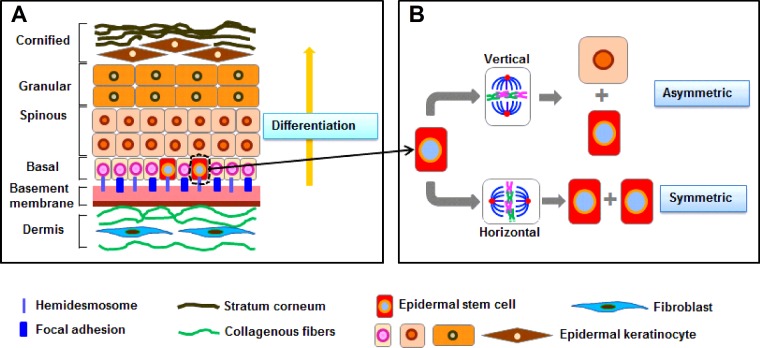Figure 1. Extrinsic and intrinsic polarity cues in oriented cell division.
(A) In Drosophila, divisions of SOP cells occur along the anterior–posterior axis. (B) Before divisions of SOP cells, centrosome duplication and nuclear envelope breakdown occur. Centrosome migration and spindle rotation align mitotic spindle to establish an in an axis. The core PCP pathway mainly participates in the extrinsic cues. The transmembrane protein receptor Fz and its cortical effector Dsh localize to the posterior cortex, which restricts Fz signalling and ultimately translates into planar polarization. Another PCP protein, Stbm, localizes to the anterior cortex and recruits Pins, where they both work to restrict partitioning defective protein (Par) 3/6 to the posterior cortex. (C) The Gα–Pins–Mud pathway (Gα–LGN–NuMA in mammals) takes part in the intrinsic cues in Drosophila. The Insc co-localizes with Par3/6 and forms an apical crescent at the cortex in Drosophila neuroblasts. Then, Insc recruits Pins which could recruit Mud and this interaction provides a link between the polarity cues and the mitotic spindle. The Gα–Pins–Mud complex recruit Mud to the apical cortex Asymmetric location of Gα, Pins/LGN and Mud/NuMA induces spindle orientation in Drosophila neuroblasts and mammal basal cells. And the two complexes are respectively binding with Par3–Par6–aPKC via Insc. Besides, the dynein complex acts as a force generator.

